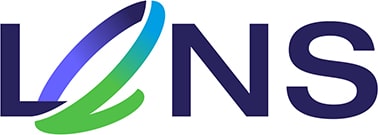How do engage with L-vehicle users and ask them about their potentially illegal behaviour and how can you be assured that answers are genuine? Emisia faced these challenges and collected more than 500 answers through online surveys and physical interviews. The results were mostly submitted by middle-aged male respondents, who drove street bikes. Most of those polled (66%) bought used bikes, which had 60+ horsepower (81%). Besides these general observations, several conclusions about tempering of L-vehicles in more than 21 European countries of which more than 50% of submissions came from Greece and Austria.
After market modifications
When it comes to aftermarket modifications, the most common changes observed were the addition of aftermarket fairings, air filters and silencers, all of which are legal and even help to improve fuel efficiency and reduce air and noise pollution in vehicles. However, more than 100 respondents admitted to having carried out modification practices to improve the speed and noise performance of their vehicles. These practices mainly involved the removal of catalytic converters, modifications to the silencer and exhaust system and software changes to the engine control unit (ECU).
The ECU
The ECU acts as the ‘brain’ of the L-vehicle engine. It includes various sensors (such as those for speed, oxygen, air temperature, acceleration, etc.) as well as fuel injection, ignition and valve timing systems. As with passenger cars, digital and software solutions play a crucial role in the development and maintenance of modern LCVs. As a result, ECU software tampering emerged as the most commonly used method to improve the performance of LCVs, with nearly 130 responses. Other popular tampering techniques included ECU replacement and spark plug replacement.
What are the reasons for this illegal behaviour of tampering?
Exploring the motivations behind this illegal behaviour of tampering was a central focus of the citizens’ inquiry. There were few surprises in the responses, with speed, sound and appearance emerging as the main factors. As the latter was the main reason for 13% of respondents, and probably those who decided to exchange the bike fairings, sound was the second-most reason with 21%. This 1/5 is especially important for LENS, as the consortium aims to significantly reduce the noise pollution. Nearly 50% of respondents admitted to tweaking their bikes to achieve higher speeds, typically at the cost of increased noise and potentially compromising overall vehicle safety. These first results will inform the further research of the LENS project and will enhance the understanding of the user perspective.

